As more industries make bigger investments in experiential efforts, automakers are shifting focus to programming meant to expose consumers and media to vehicles in more engaging ways. Moving away from traditional ride-and-drive events—that allow simple, undifferentiated behind-the-wheel and passenger opportunities—brands like Ford, Buick, Jaguar, Mini, and Fiat have opted for the likes of drive-in movies, mini vacations and cultural tours, innovative social media tie-ins, and in-car wellness experiences.

Ford hosted a drive experience for media attendees that included an immersive experience throughout Shelter Island as well as lunch at Jonathan Adler’s Shelter Island home.
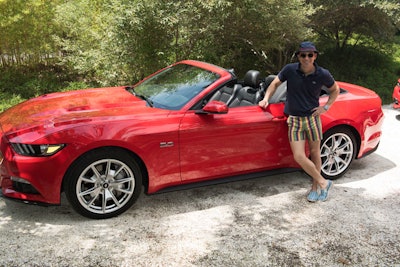
For the fifth and final installment of the Icon 50 program, which celebrated the Mustang’s 50th anniversary, designer Jonathan Adler teamed up with Ford Motor Company to create a cultural road trip in July, complete with a detailed driving route. The design-centric course featured destinations spanning both coasts.
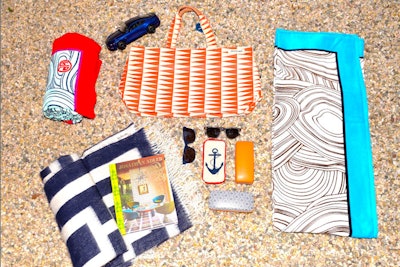
All attendees got their own Mustangs for the weekend, along with an itinerary of Shelter Island hot spots, Adler's recommended design destinations, and his must-have road trip accessories, which he curated in honor of the car’s anniversary.
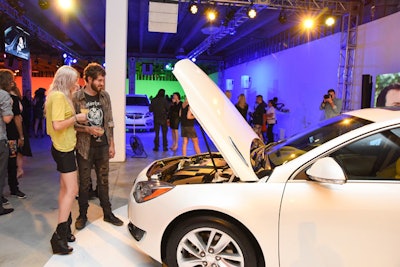
Buick launched its 24-Hour Happiness Test Drive at the Ace Museum in Los Angeles in July with a wellness-inspired program. Buick aligned with top well-being specialists—for instance a yoga instructor, masseur, and happiness expert—to curate tips on how to enhance the driving and passenger experience. The brand showcased these insights through in-car experiences and wellness routines at the event. JNProduction produced the event, and ideation and management came from communications and PR agency John Doe.
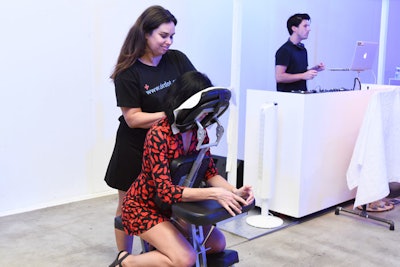
Yoga, meditation, scent, positive thinking, massage, and clean living were all components showcased at the event, meant to contribute to a happier overall experience for drivers and passengers.
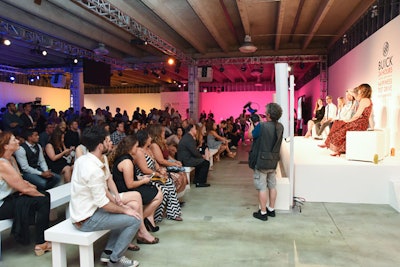
During the event, guests heard a panel discussion by Buick’s expert collaborators, as well as music from DJ duo the Misshapes.

As part of a camping-theme launch for General Motors’ Sierra truck, 30 members of the media came out to a California campground in 2013 alongside a fleet of Sierra 1500 Crew Cabs, each with its own Airstream trailer. That way, editors got a chance to experience the trucks the way they might actually use them—rather than simply stay in a hotel, and then get behind the wheel for an ordinary drive experience.
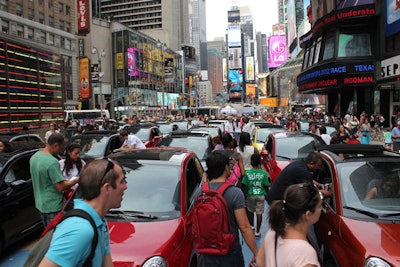
In New York in 2011, Italian car company Fiat hosted an event to reintroduce its brand in America after nearly three decades. It hosted a pop-up gallery during the New York International Auto Show, and then, months later, the car maker organized a large consumer campaign that brought a fleet of cars to Times Square and used an enormous screen to create an urban drive-in movie experience. The concept for the activation was to combine traditional American concepts—drive-in theaters and Times Square—with traditional Italian components such as an outdoor café-style setup, with chairs and umbrellas, two coffee bars, and a boccie court.
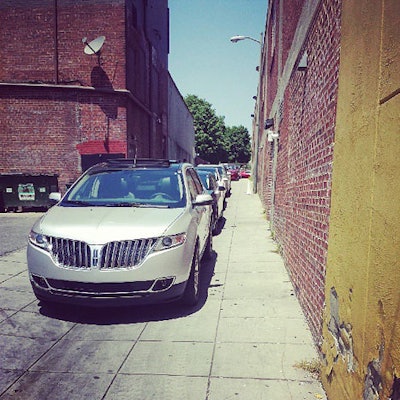
In 2013, Lincoln Motor Company hosted an 11-city Hello Again marketing tour centered on its new MKZ. The program included a series of experiences for drivers to see their home cities from behind the wheel of the cars. In each city, guests signed up online for a tour time, then checked in at a venue known as the Hello Again Hub. They could then choose a car to drive or be chauffeured for a tour, led by a brand rep in a front car who provided directions by way of walkie-talkies in each car.
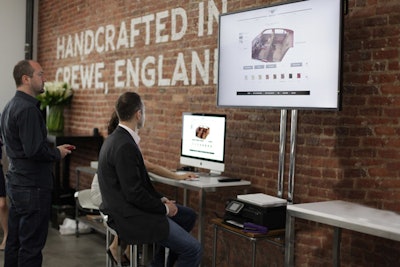
The brand partnered with local artists, influencers, and organizations in each city to serve as local stops. For instance, in Miami, guests watched a cigar-rolling demonstration at the Wynwood Cigar Factory, and the Washington stop included a drive through of an art gallery. Each Hello Again Hub also provided cultural programming.
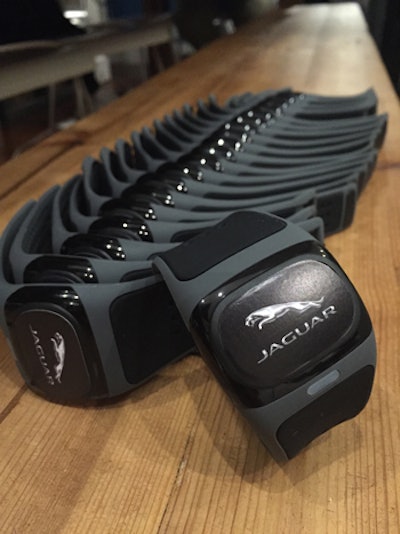
In its first go as a sponsor of the Wimbledon tennis tournament earlier this summer, Jaguar rolled out its #FeelWimbledon campaign, which intended to give fans around the world a way to experience the event at the All England Lawn Tennis and Croquet Club. The brand gave out biometric wristbands to about 20 people each day. The bands tracked the wearer’s motion, audio level, geolocation, and heart rate in response to the action on the courts, and iPhones served as beacons to transmit that data in real time. Jaguar used this data among other tools to create visualizations that it posted on its website, shared through social media, and displayed on billboards around London. It was a way to draw global attention to the vehicles and the elite culture surrounding them, without actually putting fans inside cars—though Jaguar also had 170 cars on display at the tennis stadium.

In 2013, Mini introduced consumers to its new Paceman model by joining forces with UrbanDaddy to supply concierge and chauffeur services in four major cities. The marketing tour, Mini Night Out, kicked off in Chicago during Lollapalooza, then hit San Francisco, Miami, and New York. Drivers and escorts accompanied passengers around the towns and encouraged them to check out the car's features.



















